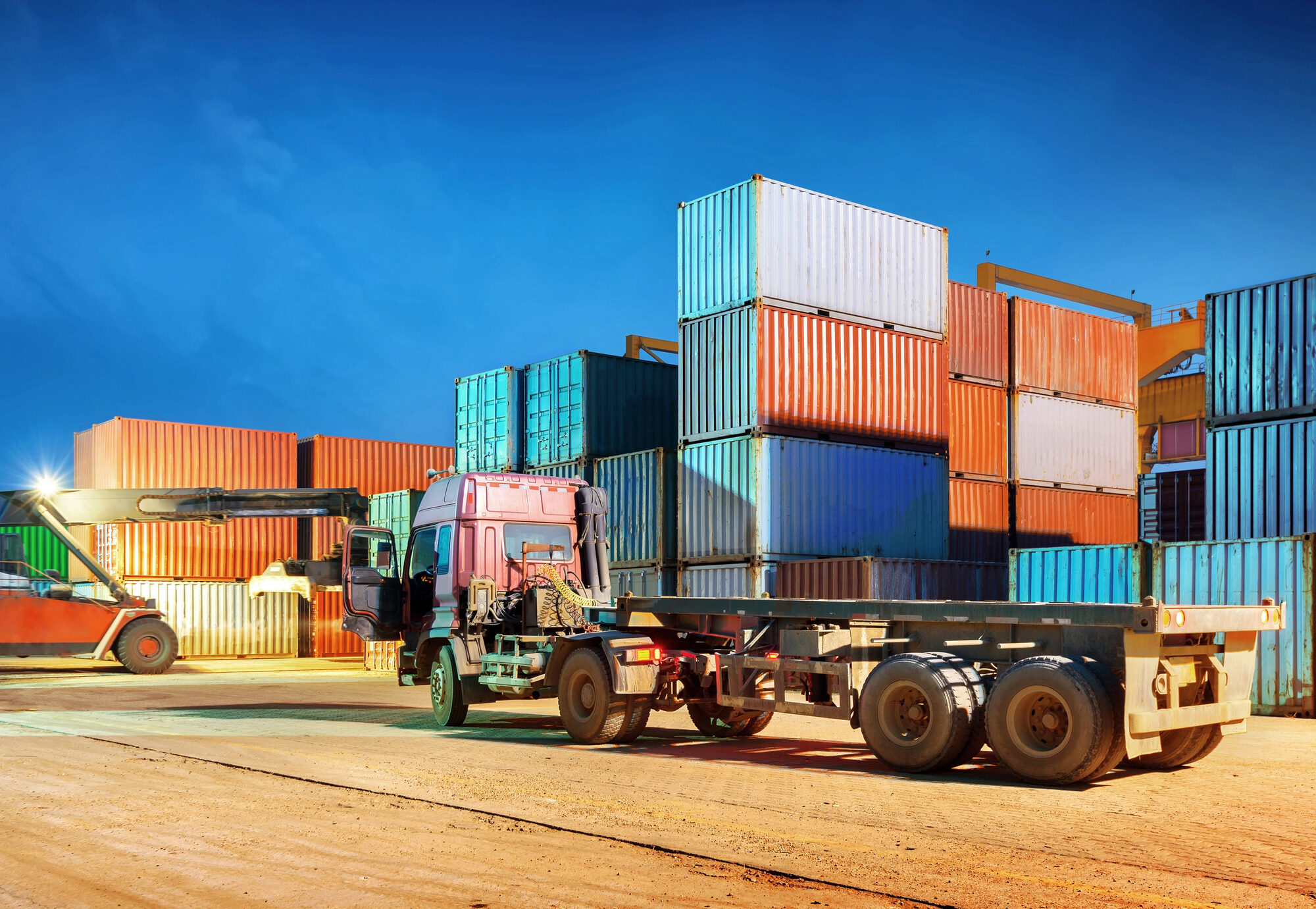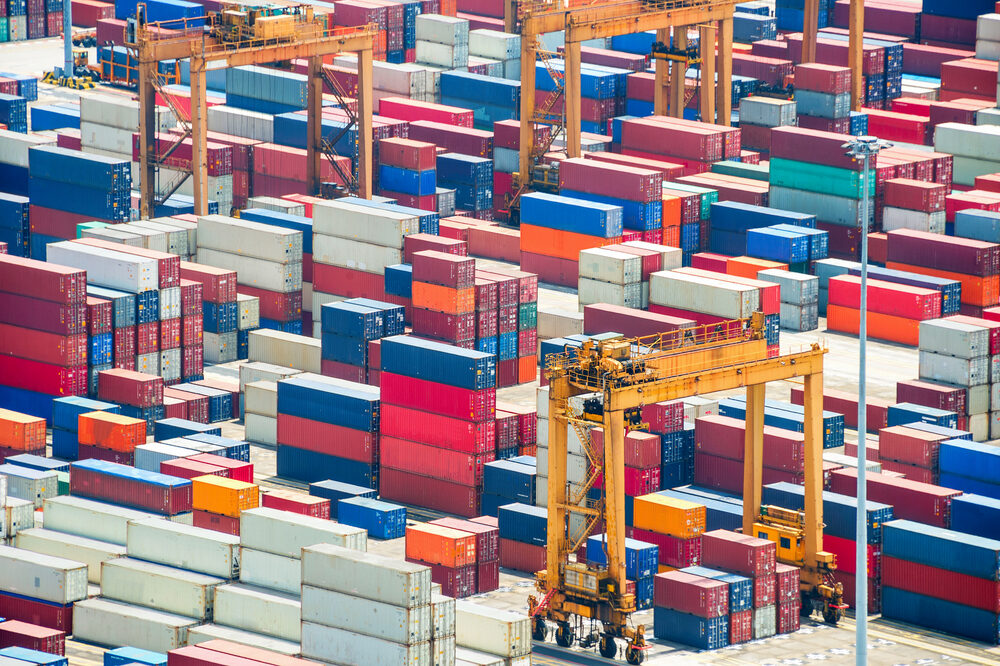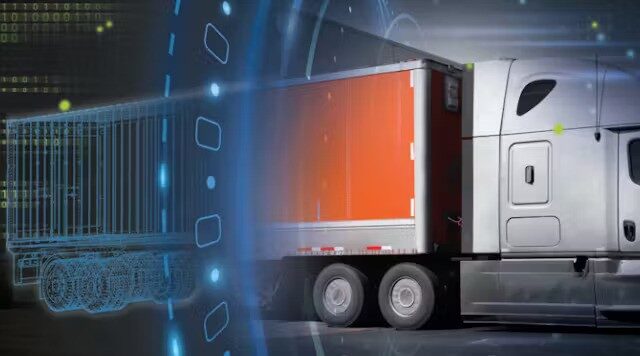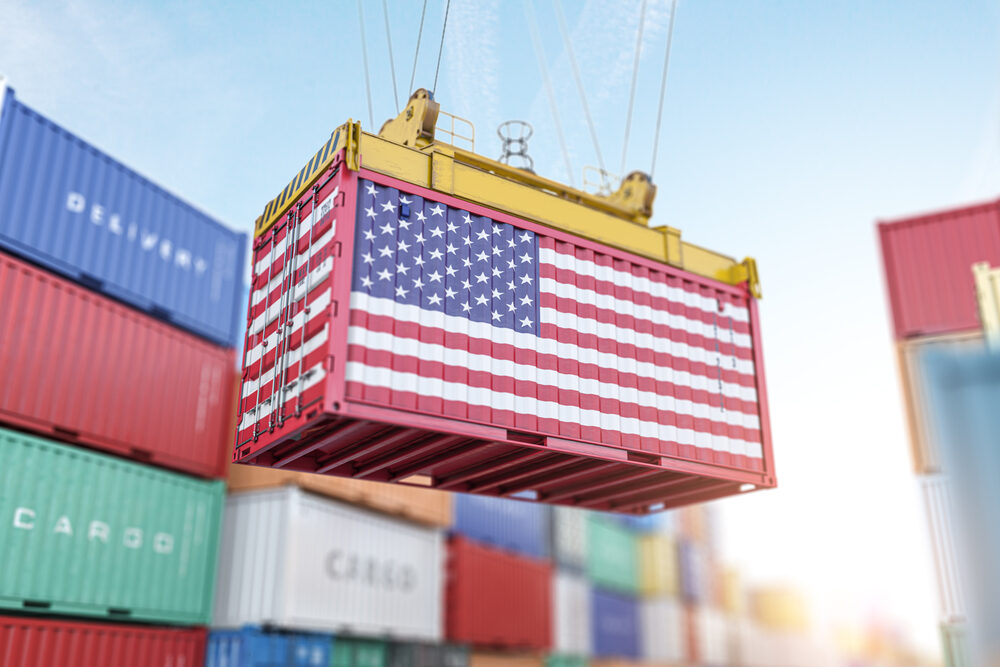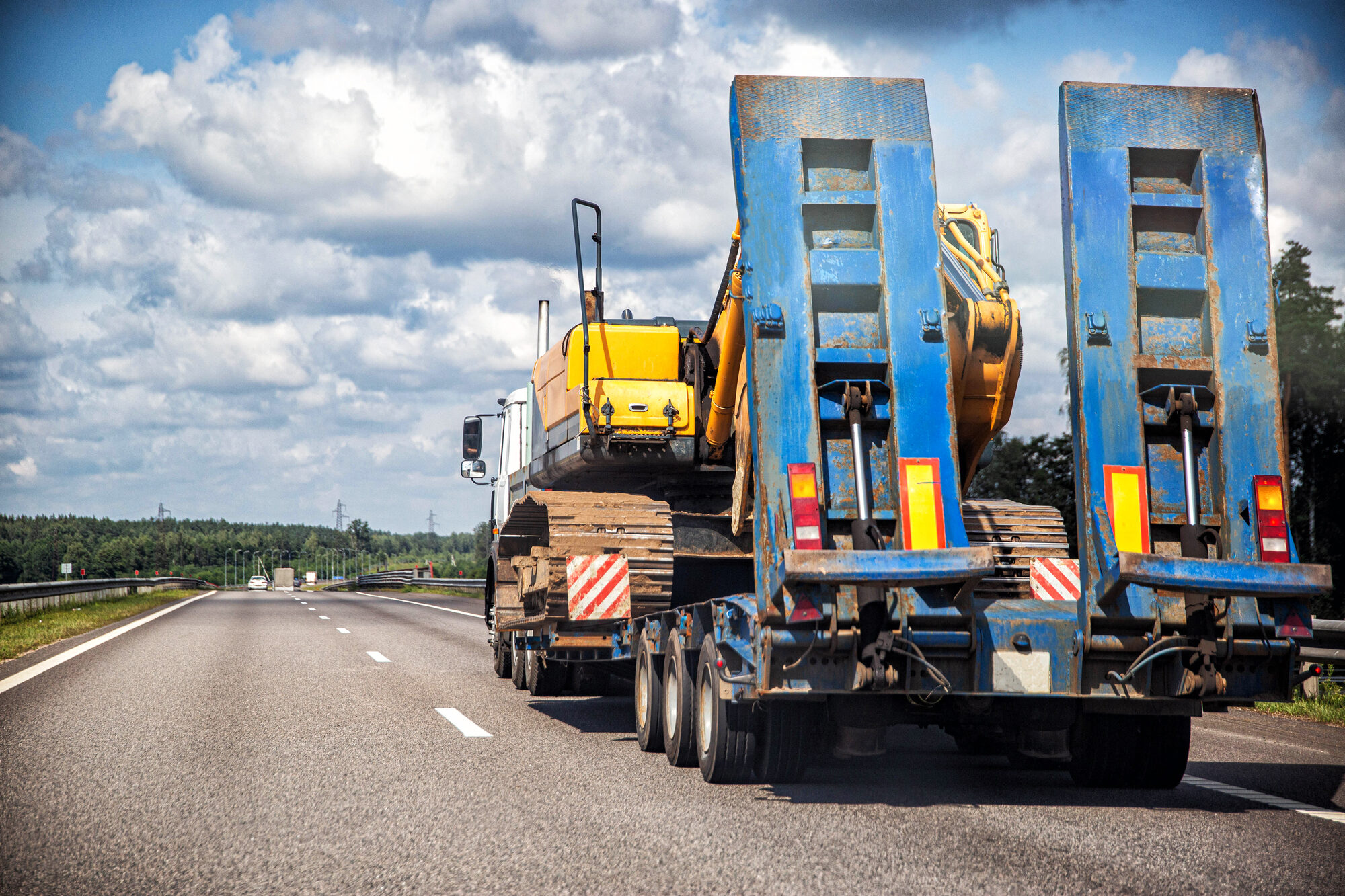How to Prepare Your Vehicle for Long-Distance Auto Transport
When planning a long-distance move, relocating for work, or purchasing a vehicle out of state, shipping your car can be one of the most convenient options available. But even though you’re not driving it yourself, your car still needs some preparation before it hits the road on a transport trailer. At Save On Transport, we help customers avoid costly mistakes by offering guidance that ensures their vehicles are ready for a safe and successful journey.
Start by inspecting your vehicle thoroughly. You’ll want to document any existing damage such as dents, scratches, or chipped paint. Take high-quality photos from all angles and keep them for your records. This serves as a helpful reference when your car arrives at its destination, making it easier to identify any changes that may have occurred during transit.
Another important step is removing personal belongings from the vehicle. While it might be tempting to pack your trunk or backseat with items, most transport companies do not allow this. Not only can loose items become damaged or cause damage during transport, but they can also affect the weight and balance of the carrier’s load.
You should also perform a basic maintenance check. Make sure your battery is charged, tires are properly inflated, and all fluid levels are topped off. Leave your fuel tank about a quarter full—enough for the carrier to move the vehicle if needed, but not so much that it adds unnecessary weight. If your vehicle has a car alarm, disable it before pickup to avoid disruptions.
Proper preparation not only protects your vehicle but also ensures the transport process goes smoothly from start to finish. At Save On Transport, we make it our mission to support customers at every step—so your car gets to where it’s going, in the same shape it left.




